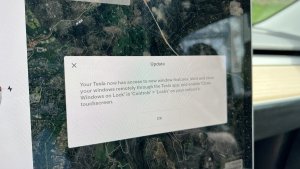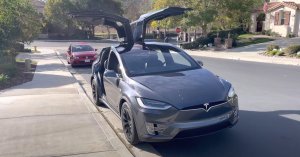Everything We Know About the Tesla Semi
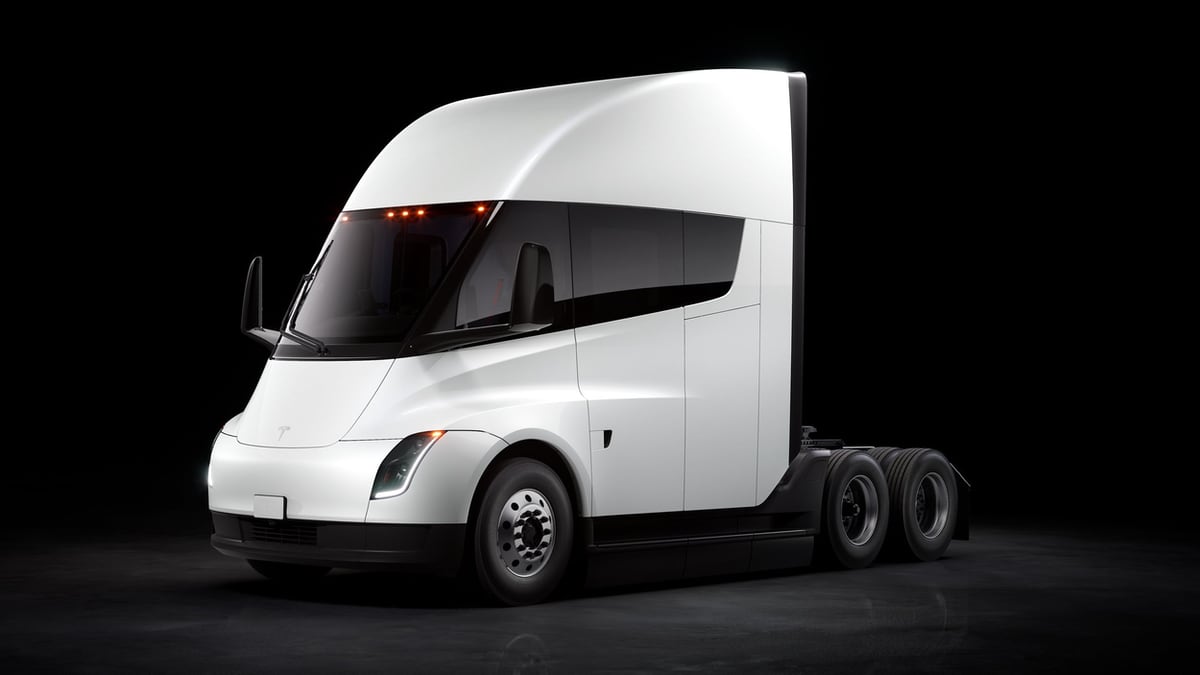
Tesla delivered its first production Semis on December 1, 2022, to its first customer PepsiCo. It was five years in the making; Elon Musk first introduced this idea to the world on December 14, 2017. With deliveries officially taking place, the Tesla Semi is on the right track to change the trucking industry and in the words of Musk: This is going to revolutionize the road, make the world a better place in a meaningful way.
The Semi Beginning
Elon Musk first mused about the Tesla Semi in his Master Plan Part Deux, which appeared on the company website on July 20, 2016. Under the header: Expand to Cover the Major Forms of Terrestrial Transport, the CEO went further than sedans and SUVs. "There are two other types of electric vehicle needed: heavy-duty trucks and high passenger-density urban transport.
Both are in the early stages of development at Tesla and should be ready for unveiling next year (2017)," wrote Musk. He also added, "we believe the Tesla Semi will deliver a substantial reduction in the cost of cargo transport while increasing safety and making it really fun to operate."
However, you could trace the Semi back even further. At the delivery event, Musk reminded everyone of the Tesla mission, “Our actual mission is to accelerate the advent of sustainable energy. So that is why we are making this wide range of cars that don’t really make sense from a brand standpoint traditionally, but makes total sense when you consider what is the mission of the company.”
The company stated there are 15 million passenger vehicles sold in the U.S. every year, but only a couple hundred thousand big rigs. But that small percentage of long haulers makes up 20 percent of U.S. vehicle emissions because they are large vehicles that are always being used. Musk also pointed out that more than one-third of articulate emissions are produced by semi-trucks.
Tri-motors and a 1,000-volt Powertrain
When Musk introduced the Tesla Semi in 2017, he compared it to current semi-trucks on the road today and to a $2 million supercar, the Bugatti Chiron. The first features the CEO talked about were performance, but not just any performance.
Instead, Tesla referred to it as BAMF Performance. I'll let you figure out the acronym. While the appearance alone will make the Semi a standout at truck stops, it's the performance that will change the trucking industry.
The Semi was initially going to have four independent motors; however, when delivered it was down to a tri-motor system, similar to the Model S Plaid. But don’t let that fool you. Senior Manager of Tesla’s Semi Engineering, Dan Priestley, explained why many people refer to the Semi as the beast.
“(It has) three times the power than any diesel truck on the road right now. So, you’ve got all the power you need to get the job done, but the other reason that it’s a beast is because it is efficient, you can go 500 miles on a single charge on one of these things. It’s the mix of those two - this is a game-changer. What’s awesome is both of those are enabled by our 1000-volt powertrain. This is the first vehicle we are doing with that.”
Tri-Motors and a Clutch
The tri-motor power train system has one motor that will carry the load the majority of the time, as it’s mainly for highway driving. That efficiency motor is approximately the size of a football. The other two are for torque and acceleration. Those motors use the system straight out of the Model S Plaid powertrain except the Semi can physically disengage two motors when they're not in use.
Tesla introduced a clutch that will automatically engage or disengage the two performance motors. According to Tesla, the clutch will automatically engage the performance motors when needed and it'll do it completely seamlessly. Instead of having the motors moving freely when not in use like the Model S Plaid, disengaging them results in even better efficiency. Priestly said, “These are clutched automatically, no driver input is needed. It is seamless.”
Semi Performance
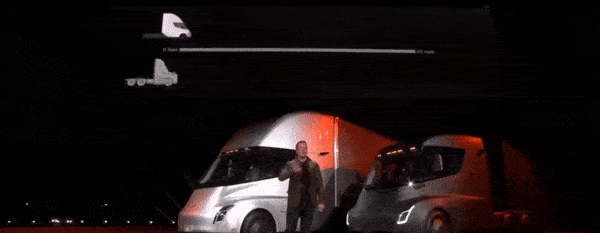
Musk commented on the Semi’s performance, “It looks crazy, it looks like an elephant moving like a cheetah.” When it was launched it was promoted as reaching 60 miles per hour in five seconds without a load. It can also reach 60 miles per hour fully loaded with the maximum 80,000 pounds gross vehicle weight in 20 seconds. As for up a hill with the full weight, current diesel trucks achieve 45 miles per hour at a 5% grade; the Tesla Semi will do 65 miles per hour at the same degree.
Semi Range and Efficiency
While the speed and acceleration are undoubtedly impressive and a considerable improvement over the current diesel trucks on the road, the range is the industry's most important factor. Tesla states that its Semis have a 500-mile range at maximum gross vehicle weight and highway speeds. This number is significant because 80% of trucking routes are 250 miles or less. "You can deliver a load out to the middle of nowhere and come back," said Musk.
It seems that this claim was the most in dispute. Bill Gates openly doubted the range in a blog post dated August 24, 2020. The Gates Notes stated: Even with big breakthroughs in battery technology, electric vehicles will probably never be a practical solution for things like 18-wheelers, cargo ships, and passenger jets. Electricity works when you need to cover short distances, but we need a different solution for heavy, long-haul vehicles.
Tesla set out to prove him wrong. They recorded an entire, unedited video of the Tesla Semi traveling 500 miles on a single charge. Luckily, they speed up the eight-hour video to a few seconds for the presentation, but it did show a long haul, with 82,000 pounds, going from Fremont to San Diego.
There are several advanced technologies at work to make this happen. The Semi's current efficiency is about 1.7kWh per mile, but Musk sees a way to make it even more efficient.
"We designed the Tesla truck to be like a bullet, whereas normal diesel trucks are designed more like a barn wall; this is a bullet," said the Tesla CEO. The Semi can generate the performance and the range due to the design. The drag coefficient or wind resistance of the regular diesel trucks is a .65 to .70. The Tesla Semi scores a 0.36, cutting the regular diesel truck drag in half and even beating the Bugatti Chiron score of .38.
The sleek nose and flat bottom are accompanied by side flaps that adjust to the trailer. These features help cut the drag and increase the range.
Charging the Semi
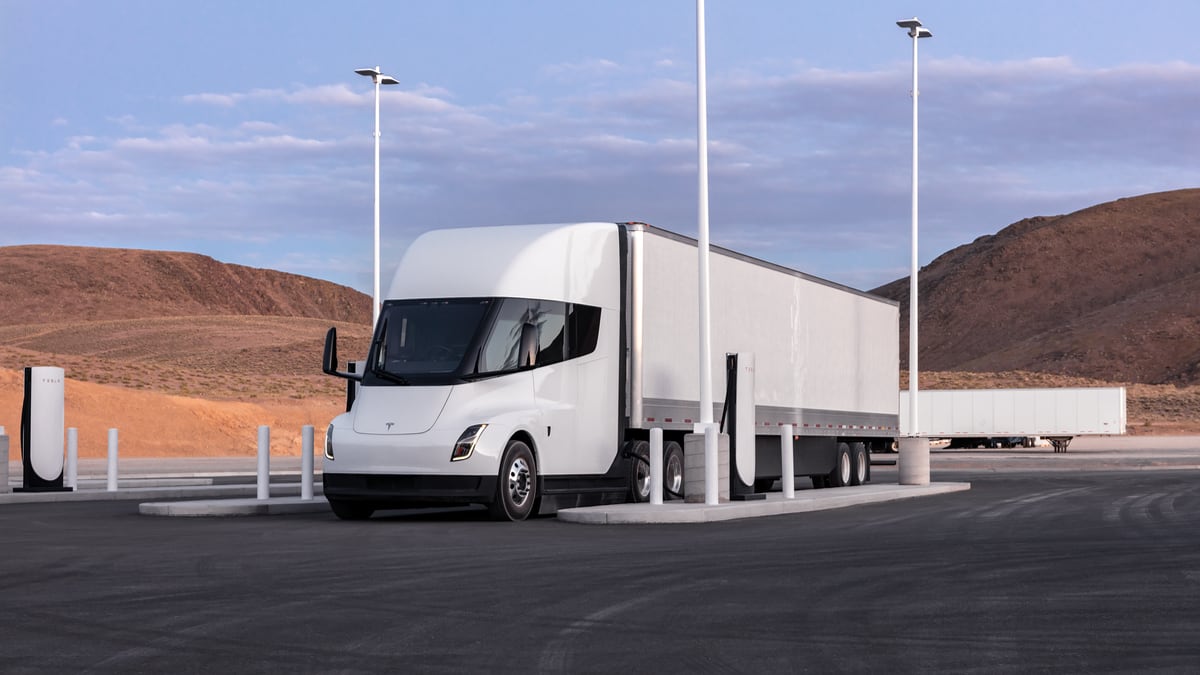
Tesla nearly upstaged the Semi delivery by announcing what will be charging it. The new V4 Superchargers are capable of producing 1 MW DC. Musk explained, “to charge a truck like this quickly you need a high-powered charger. It’s our next-generation immersive cooling. It’s liquid-cooled, so you don’t need like a gigantic elephant truck of a cable, you can actually have a small cable, and that cable delivers a megawatt… We’ve 3x-ed the current density.”
Priestley, went further into detail, “This is pretty cool stuff. You’re actually immersing the conductor in the coolant. This water-based coolant that we have, we are doing some really neat isolation monitoring on the back end to ensure that it is safe and delivering what it needs to. But it means that we can really shove a lot of current in a very, very small place. So, for those who have charged their cars at a V3 Supercharger and the cable’s nice and maneuverable, it’s the same thing here, but now we’re just shoving a megawatt through it instead.”
Tesla wants the Semi to go from empty to 70 percent in 30 minutes. That time is vital to note because, in most jurisdictions, drivers must stop every six hours for a 30-minute break. The company says that the Semi will have added 400 miles in half an hour, which can last another six hours. Additionally, these chargers will be at destinations that would allow owners to charge the Semi while it is being loaded or unloaded.
Tesla Semi Unveiling
Displays and Software
The Semi's interior is most similar to the Model 3 or Model Y.
The Semi lacks an instrument cluster but features two horizontal displays, one to either side of the driver.
The right display appears to contain the traditional launcher we have in today's Teslas with access to music, phone, cabin temperature and more, while the left display contains truck-specific features at the bottom, such as tire PSI, trailer air supply and parking brake functions.
Although the software can be changed at any point, the best way to describe the vehicle's current software is to compare it to a Model 3/Y.
The Semi essentially takes the display of the Model 3 or Model Y, and splits it down the middle then puts those items on two separate displays.
The left display contains the speedometer, gear selector, battery indicators and the vehicle's visualization.

The right portion of the display on a Model 3 which includes information such as maps and apps is displayed on the Semi's right display.
However, Tesla isn't taking up the entire display with these features. About one-third of each display appears to be reserved for always-on blind spot camera monitors.
Battery
Although Tesla hasn't released the exact size of the batteries in the Tesla Semi, they have released enough information for us to accurately assess its size.
Tesla has said that the Semi will achieve an efficiency of less than 2 kWh per mile (1.24 kWh per km). Tesla has also said that the Semi will have a range of approximately 300 or 500 miles.
With these two bits of information, we can speculate that the Semi will be available in two versions. A "Long Range" model that will have approximately a 1,000 kWh, or 1 MWh battery, and a "Standard" version with about a 600 kWh battery.
For comparison, a 2022 Model S contains a 100 kWh battery, so the Tesla Semi will have a significantly larger battery at 6x to 10x the size of its smaller cousin.
Having a larger battery will allow the Semi to charge faster than Tesla's current models since the current can be spread across more batteries.
The first Tesla Semi trucks will use the 2170 battery cell; the same one that is used in the Tesla Model 3 and the Model Y. However, it's expected the Tesla will eventually switch over to use their 4680 batteries once production improves.
Safety
The Semi comes with the same safety features as Tesla's existing vehicles, the same kind of standards that have earned Tesla countless accolades. The Semi has Enhanced Autopilot, Automatic Emergency Braking, Automatic Lane Keeping and Forward Collision Warning.
The company also believes that moving the driver seat to the middle of the vehicle makes the Semi safer if it is involved in a crash. It has a low center of gravity due to the battery pack's location at the bottom and middle of the vehicle. That is the same as current Teslas, reducing the vehicle's chance of rolling over. "Jackknifing is impossible," declared Musk. He said that due to the independent motors, the Semi would detect a jackknifing situation and adjust the torque to the wheels needed to keep the vehicle from skidding out of control. "Your worst nightmare is gone with this truck. Gone. You never have to worry about it."
Driver Experience
When it comes to the experience of driving a Tesla Semi, Musk summed it up best, "it's like driving a Model S or X or 3. It's just big." Today, big trucks on the roads can have anywhere from 10 to 18 gears . That's a lot of shifting. Operators of the Tesla Semi need to simply shift into drive. It's a lot less fatiguing and lets truckers focus more on the road.
The driver's seat is in the center of the expansive cockpit that is also tall enough that someone can stand in it. The videos and pictures have failed to show the sleeper cab portion of the vehicle. However, there is a significant amount of room behind the cockpit to house a sleeping area.
Reliability
At the unveiling, Musk made a shocking promise; he guaranteed that the Semi will not break down for a million miles. He was confident in that number because of the independent drivetrains. If one motor stops working, the others can pick up the slack. Musk said if just two of the motors were active, the Semi would still beat a diesel truck in performance.
Trucks put brakes to the test because they haul so much weight. But, again, like other Teslas, the brakes will be used as generators and put back energy into the battery. "Brake pads literally last forever," said Musk. Removing the internal combustion engine also means no transmission to maintain, emissions scrubber or differentials.
The Semi has thermonuclear explosion glass. Musk quipped, "it survives a nuclear explosion, or you get a full refund." He pointed out that, on average, semi-trucks' windshields crack at least once a year. Trucks are not legally allowed to drive with a cracked windshield in several areas worldwide. That means a single crack could park a trucker for an undetermined amount of time waiting to get fixed. The Tesla armored glass takes away that risk.
Just like other Teslas, the app will be available for the Semi. That feature includes remote diagnostics, predictive maintenance, location tracking, and connection to Tesla Mobile Service.
Cost of Ownership
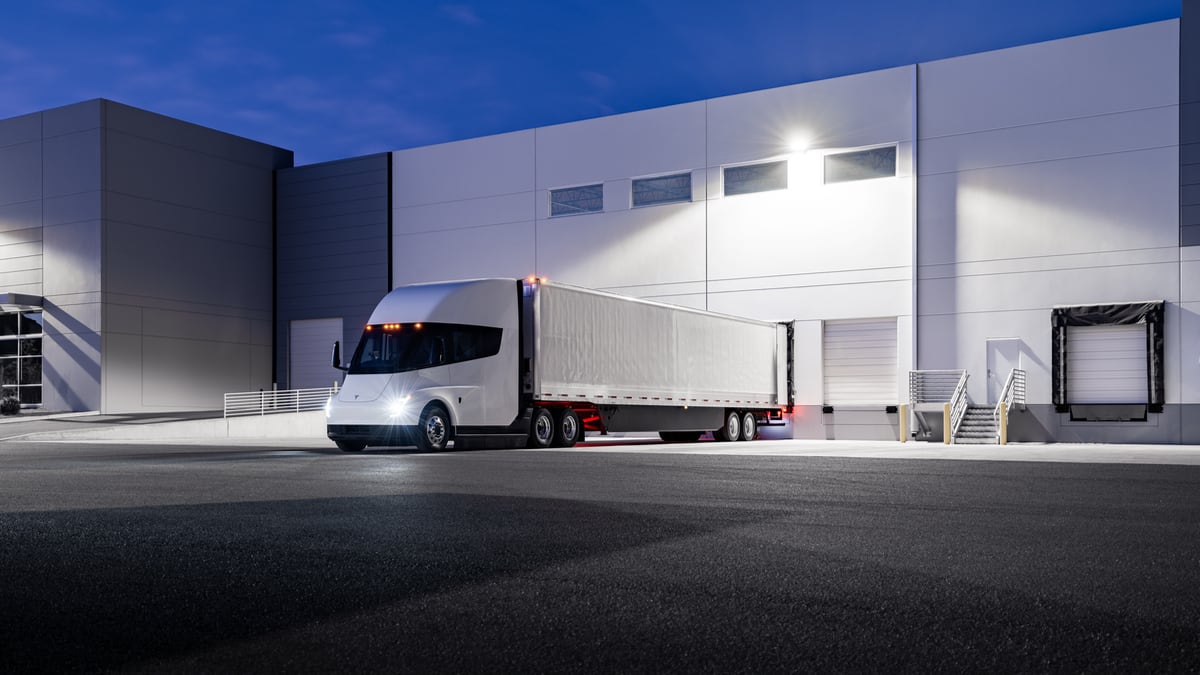
Trucking is a unique business. The costs are difficult to predict mainly due to the fluctuations in the cost of diesel and maintenance. When the Semi was unveiled in 2017, the diesel fuel price per gallon was $2.50; Five years later, it has more than doubled.
Tesla estimates that operators will save approximately $200,000 over three years because electricity is 2.5 times cheaper per mile. There will also be considerable savings by not having to leave the truck in the shop for routine maintenance and less time off the road for cracked windshields.
Aerodynamics and Drag Coefficient

The Semi's aerodynamics produce even bigger cost savings if they operate in convoy. It's estimated a three-truck convoy averaging 60 miles per hour would cost $0.85 per mile. That price not only beats diesel trucks but also trains.
The Tesla Semi has a drag coefficient of just 0.36. This helps reduce wind noise and improve efficiency. A traditional diesel semi truck has a drag coefficient range between 0.65 and 0.70, while a Buggatti Chiron has a coefficient of 0.38. For comparison the Tesla Model 3, one of the most aerodynamics vehicles ever created, has a coefficient of 0.23.
Buyers
Big name companies were some of the first to put down a deposit. Walmart ordered 130 Semis, UPS purchased 125, Pepsi is waiting for 100, Anheuser Busch asked for 40, and FedEx has reserved 20.
Other names reported to have bought the Semi include Sysco, DHL, Ryder and Loblaws. It's believed that several independent truckers have also secured the Semi. Obviously, Tesla is using its Semi. The attention-grabbing technological breakthrough has been spotted delivering Tesla products to dealerships in California.
A Megacharger has been installed at the Pepsi facility in California as well. Expect more companies to jump on board as these impressive beasts start to be spotted on highways worldwide.
While Tesla has closed reservations, buyers in the United States may be lining up to get in once Tesla starts retaking orders. The Inflation Reduction Act announced in July could net Tesla Semi buyers upwards of $40,000 in incentives.








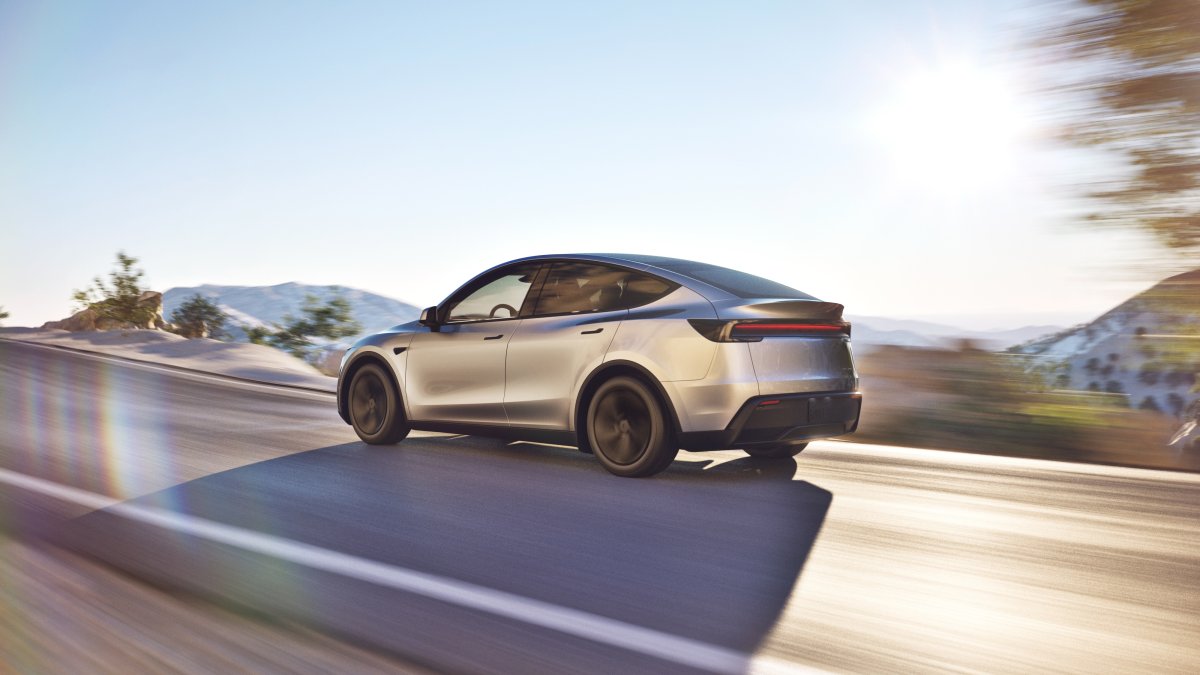




![Tesla Autonomously Delivers Its First Vehicle to Customer — And It’s More Impressive Than Expected [VIDEO]](https://www.notateslaapp.com/img/containers/article_images/model-y-2025/newmodely_77.jpg/382e0312c769d0bb2e1234f7ac556fad/newmodely_77.jpg)

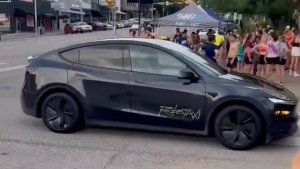
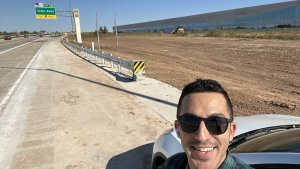
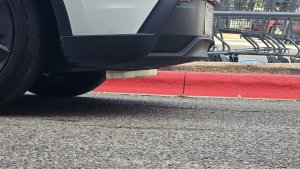
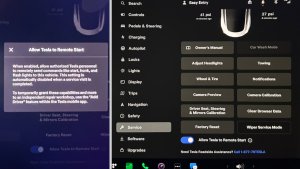


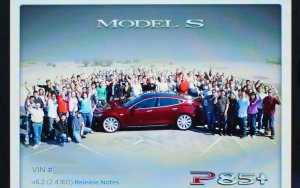


![First Recorded Tesla Robotaxi Intervention: UPS Truck Encounter [VIDEO]](https://www.notateslaapp.com/img/containers/article_images/2025/robotaxi_model_y.jpg/3036d8b53214c2d071c978c42911e451/robotaxi_model_y.jpg)
![First Look at Tesla's Robotaxi App and Its Features [PHOTOS]](https://www.notateslaapp.com/img/containers/article_images/tesla-app/robotaxi-app/robotaxi-app-tips.webp/e643a61975bf712d18dc9aa9a48fdb01/robotaxi-app-tips.jpg)
![Tesla’s New Camera Cleaning Feature and the Future of Cleaning Robotaxis [VIDEO]](https://www.notateslaapp.com/img/containers/article_images/2024/windshield-rain-droplets.jpg/8335f3020509dab3cdb56c1a91d054a9/windshield-rain-droplets.jpg)
![Tesla Launches Robotaxi: Features, Robotaxi App, Command Center and First Impressions [VIDEO]](https://www.notateslaapp.com/img/containers/article_images/2025/robotaxi_rear_screen.jpg/bf5ea088bdebda8ca7e0aa1503b69f4e/robotaxi_rear_screen.jpg)
